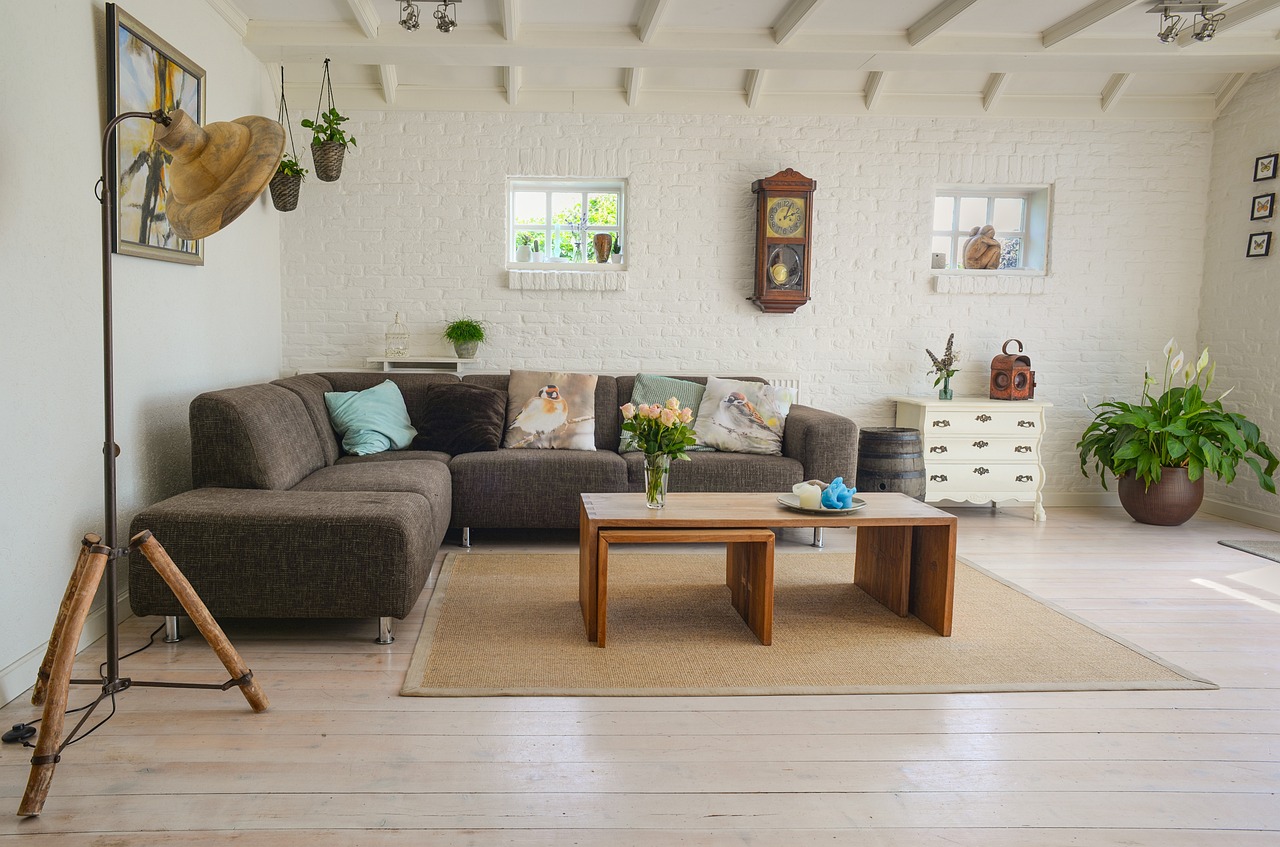
Pre-reading questions:
I will read each question. Then, please answer them.
講師がそれぞれの質問を読むので答えましょう。
- Did you have a good night’s sleep?
- Do you enjoy being at home?
Vocabulary:
I will read the words, meanings, and sample sentences. Then, repeat after me.
単語、意味、例文を読みます。講師に続いて音読しましょう。
- approach /uh-PROHCH/
- environment /en-VAHY-ruhn-muhnt/
- appearance /uh-PEER-uhns /
- indoor /IN-dawr/
- result /ri-ZUHLT/
[noun] – a way of considering or doing something
This approach seems very sensible to me.
[noun] – the conditions that you live or work in and the way that they influence how you feel or how effectively you can work
An unhappy home environment can affect a child’s behavior.
[noun] – the way a person or thing looks or seems to other people
Don’t evaluate a person on the basis of appearance.
[adjective] – happening, used, or existing inside a building
There is an indoor swimming pool and sauna.
[noun] – something that happens or exists because of something else
The result of the poll has now been declared.
Article reading:
Please read the whole article. Then, I will check your pronunciation and intonation.
記事を音読しましょう。講師はあなたの発音とイントネーションを確認します。
A more traditional approach to interior design places less emphasis on outward trends and more emphasis on how our environments make us feel, from improving sleep to creating a welcoming environment. Investigating the “feel-good house” craze is Daisy Woodward.
Our surroundings influence how we feel. The concept of changing the appearance and layout of your home to enhance your sense of well-being has a long history, from feng shui to the Scandinavian pursuit of hygge. Environmental psychology, the study of how people interact with their environment, did not become an academic discipline until the late 1960s, making it even more modern in terms of interior design. The idea of enhancing our interior homes can help us be healthier.
According to Jean Whitehead, senior lecturer in interior design at Falmouth University, the epidemic has boosted our society’s concern for health. Surprisingly, during the lockdown, “indoors” came to signify “at home,” and as a result, many of us began to care more about how our homes made us feel than how they appeared, at least in terms of trends.
Our surroundings influence how we feel. The concept of changing the appearance and layout of your home to enhance your sense of well-being has a long history, from feng shui to the Scandinavian pursuit of hygge. Environmental psychology, the study of how people interact with their environment, did not become an academic discipline until the late 1960s, making it even more modern in terms of interior design. The idea of enhancing our interior homes can help us be healthier.
According to Jean Whitehead, senior lecturer in interior design at Falmouth University, the epidemic has boosted our society’s concern for health. Surprisingly, during the lockdown, “indoors” came to signify “at home,” and as a result, many of us began to care more about how our homes made us feel than how they appeared, at least in terms of trends.
True or False:
Read the sentences and identify if they are true or false based on the article.
文章を読んで、記事に基づいて正誤を答えましょう。
- Our surroundings do not influence how we feel.
- The concept of changing the layout of your home has a long history.
- Environmental psychology is the study of how people interact with their environment.
- The idea of enhancing our interior homes can help us be healthier.
- Jean Whitehead is a senior lecturer in interior design at Falmouth University.
Fill in the blanks:
Choose the correct word from the table then fill in the blanks.
適切な言葉を選んで空欄を埋めましょう。
| approach | environment | appearance | indoor | result |
- These causes led to a bad ______.
- My father was very particular about his ______.
- You must be more adaptable and imaginative in your _____.
- It’s pleasant to work in this ______.
- Smoking is no longer allowed in ______ public places.